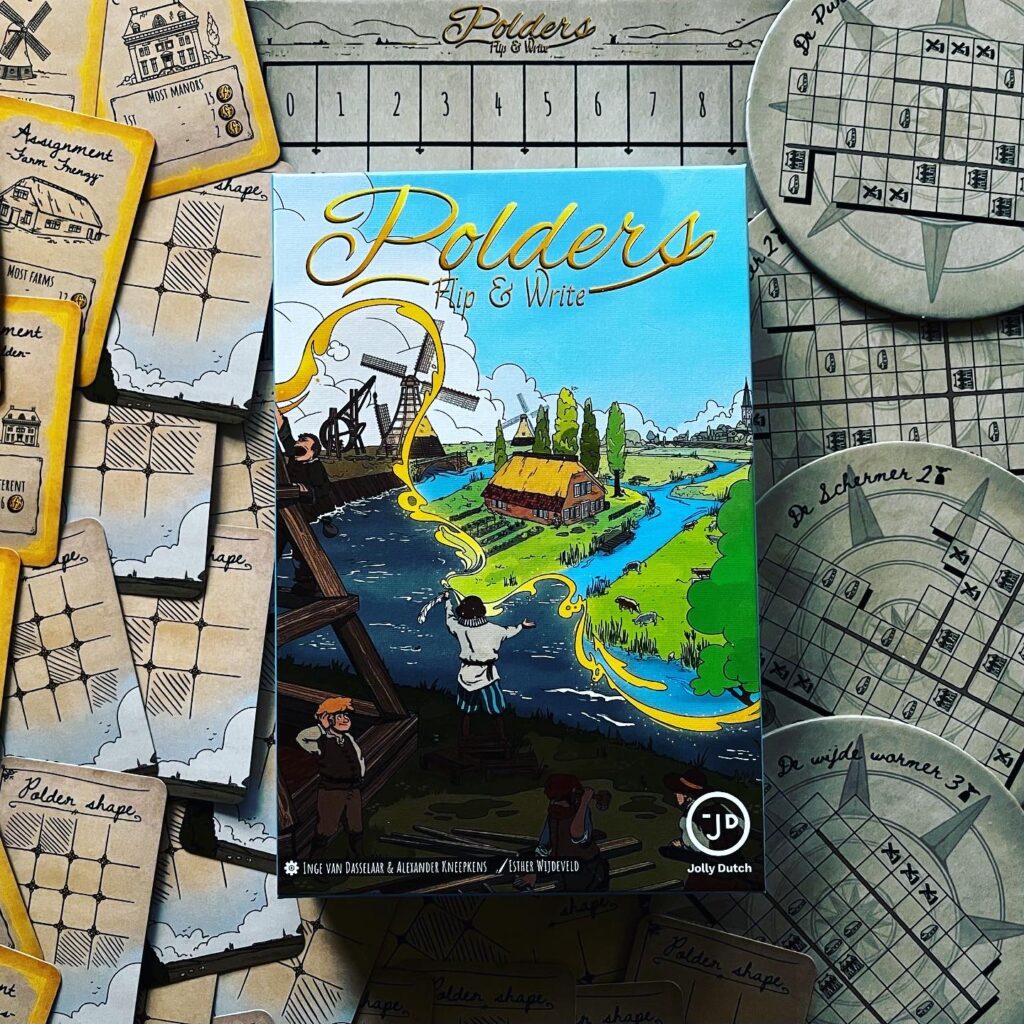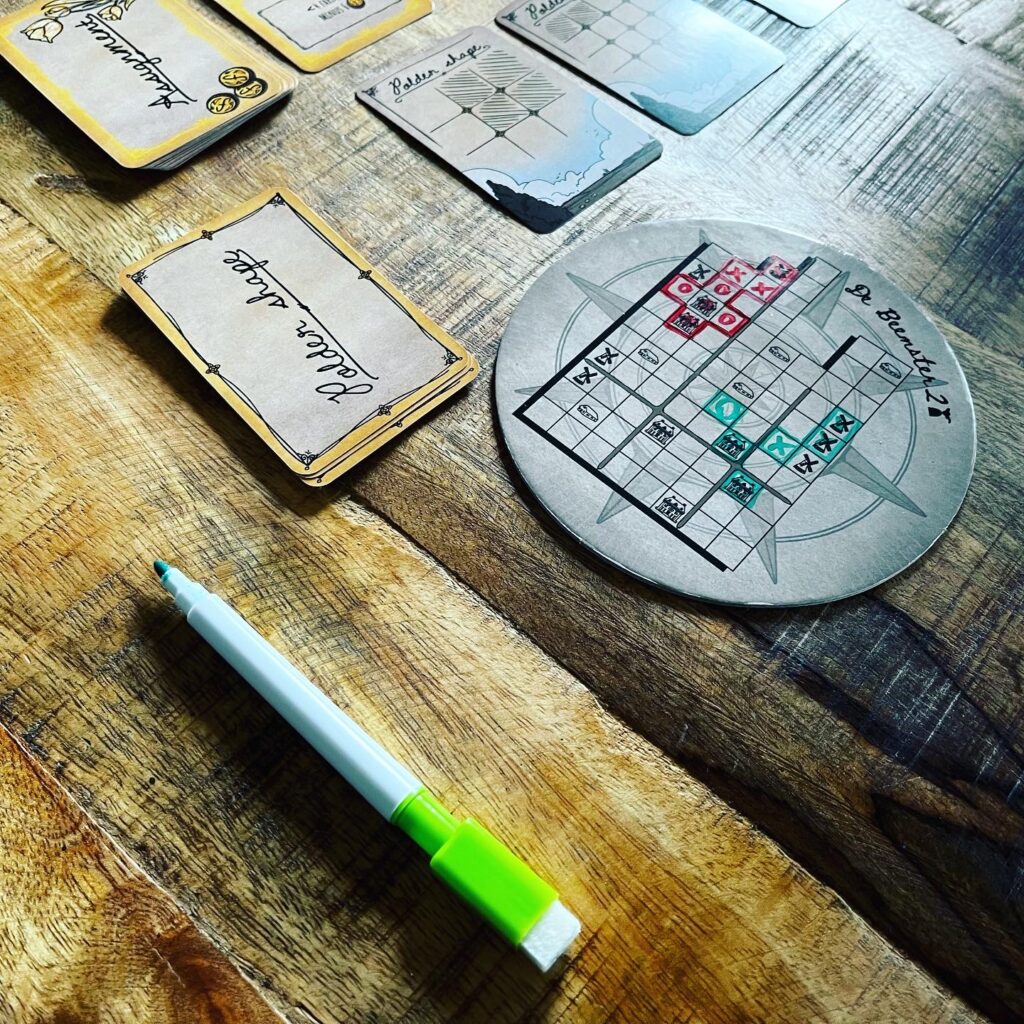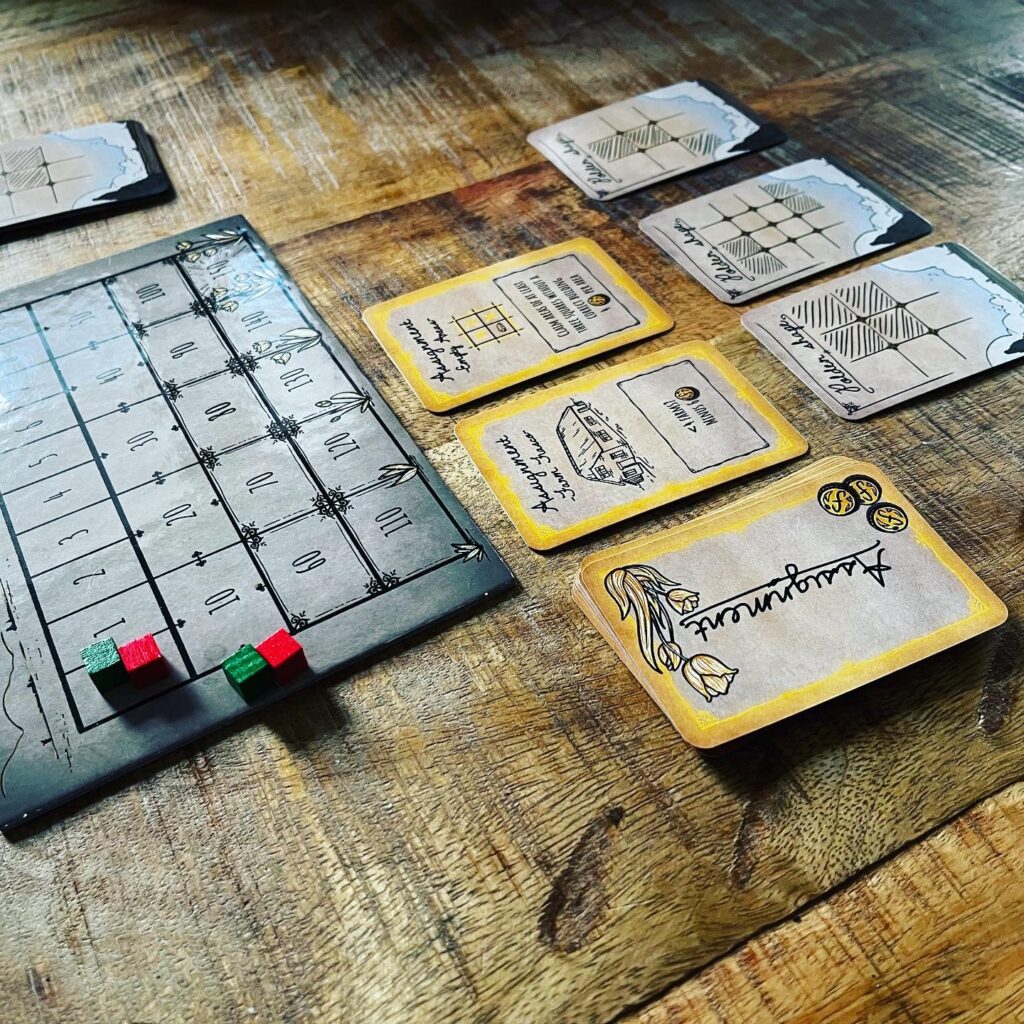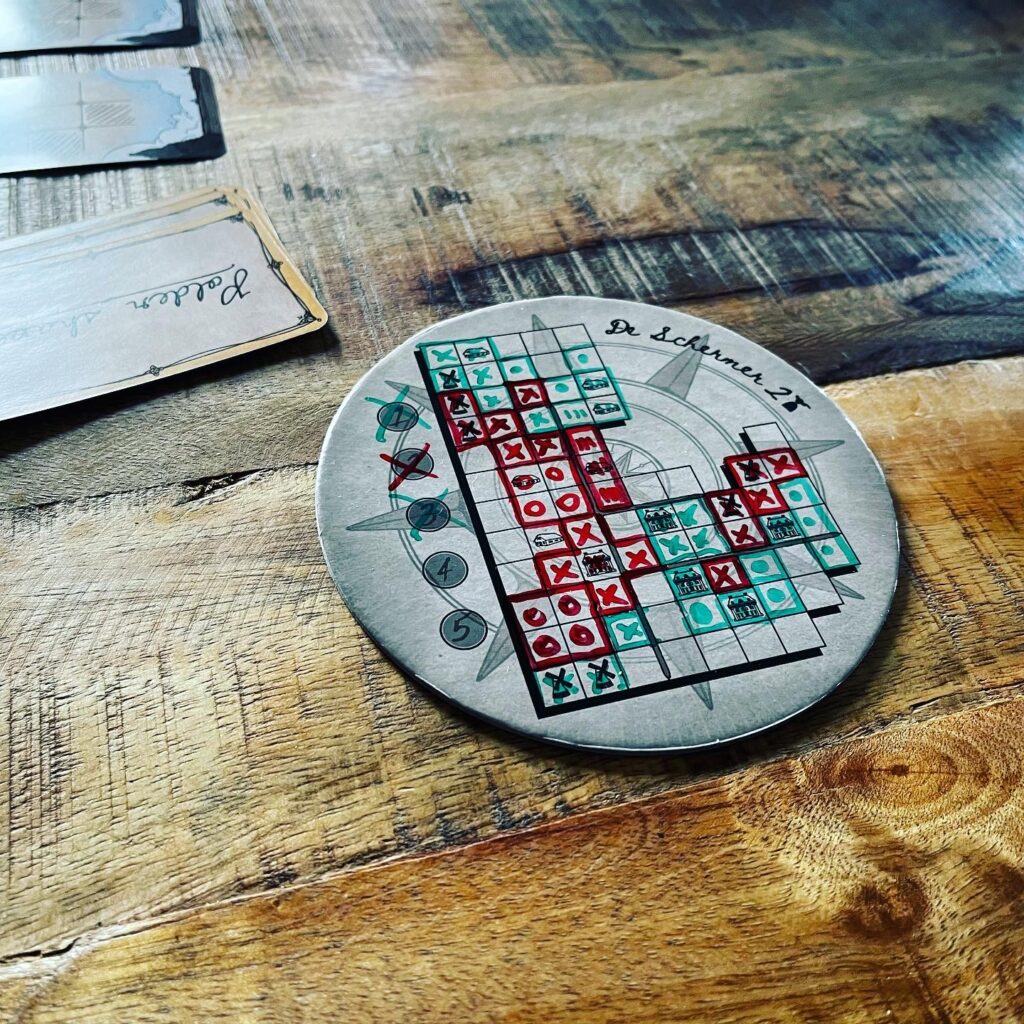The sea (and other water) giveth and taketh away. We in the ‘Low Countries’ are engaged in an eternal struggle with water and lack of space. Partly due to our own actions, we lost land to the sea and there was a need for land reclamation in order to grow food, among other things, while urban areas continued to expand. It was time to dry-off up some wetlands proverbially and literally. A polder is a piece of land drained by mankind and where humans can artificially regulate the water level. Not entirely accurate, but for your image: with an enormous vacuum cleaner you suck up the water and if necessary lets this large bathtub of landmass flood again. The Netherlands – often trying to be the best of the class – has some 4,000 polders so a large part of this cold little country is polder landscape and about half of all the polder land in Europe is located in the Netherlands. The polders are also the namesake of the polder model. The Dutch model of negotiation in which all kinds of stakeholders (particularly with respect to labor rights and wages) sit around the table to reach an agreement. Dutch negotiation is therefore sometimes jokingly called poldering. In Polders: Flip & Write, by Alexander Kneepkens and others co-author of Chartered: The Golden Age and also (obviously) a lover of lowland activity, players take on the roles of 17th century investors who put money into land reclamation through the Dutch, classic, polders Beemster, Schermer, Wijde Wormer and Purmer. Players are not alone, however, and just like in the polder model, they jointly have to work on the various polders. In this way of poldering, however, you get in each other’s way and you will not reach an agreement as quickly. Can you keep your feet dry or will you get dried-off by your opponents?

Polders is a flip and write. This sounds a bit like a roll and write, a game where you toss dice and write on a piece of paper, and it actually is quite similar. In flip and writes, instead of dice rolls cards are turned over that players must draw on their sheet of paper. In Polders, a number of cards are “flipped” face up each round, and players proceed to mark off squares on the polders based on those cards. One twist: not every player plays on their own “sheet”…. In fact, each player has a polder (boards that can be written on with erasable markers) in front of them, but unlike similar games, this “sheet” is not just yours. After drawing a shape on a polder, you pass the polder boards around. This creates different scribbles in different colors on different fields and from different players. At the end, the score is therefore calculated based on the different Polders. Because players share their “score sheet”, they can get in each other’s way. Are you busy reclaiming land and you still have a lack of space!

Each turn a shape is drawn. Players choose their favourite shape from the three available cards and then they draw the corresponding cubes on the polder. However, they must also fill each cube with one of three fillings that symbolize country houses, windmills, or farms. Players may use only one filling in a turn to fill the chosen shape. By placing fields with fillings on the correct spots in the polders, players can score points at the end of the game. Also with the different assignment cards, players score points at the end of the game. The game is over as soon as 5 rounds (which means 5 times 5 turns) have been played. The polders are then considerably built up and the players (hopefully) a little richer.

Polders: Flip & Write is a highly enjoyable game with a very welcome twist on the flip & write (and roll & write) genre. Because players are constantly passing around signs with polders, players are constantly in each other’s way. Your plans are not certain. That farm you might want to build? Another player can (very deliberately) grab that piece of land. Polders is very entertaining because of this. After the first game, the scoring might feel a bit clunky (in later games the scoring goes a lot faster), but with the included scoring board you can easily keep track of the score. Because of the different task cards, different shapes and different polder signs there is enough variation to be found. In my opinion, the signs could have been a bit larger. The design is also very thematic. Perhaps a must for the gift shop of Dutch museums? Openluchtmuseum in Arnhem, are you listening?




